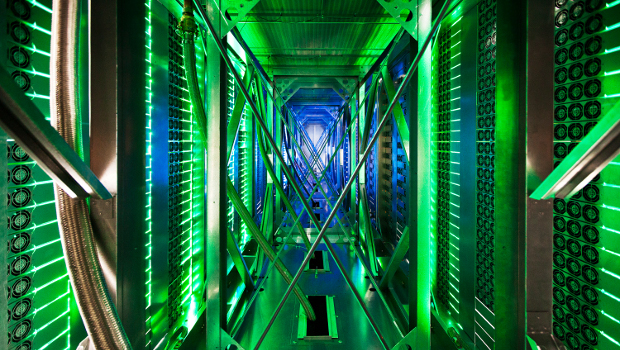 There are interesting figures on the server market from IDC recently, showing that there is a dominant force emerging, as reported by The Register.
There are interesting figures on the server market from IDC recently, showing that there is a dominant force emerging, as reported by The Register.
Looking first at the high-performance computing market for 2016, the graph of market share is like a circle section, with the top six players accounting for the vast majority of the market, but the top player, especially in light of its recent acquisition, dwarfs the next.
“Looking further down the ranks, the name once synonymous with supercomputing, Cray, only came in at $130.8 million, behind Lenovo, and just ahead of IBM”
The total market for 2016 was some $1.6 billion, but there was an anomaly within that in so far as $300 million or so of that was spent on one Chinese supercomputer project, the Sunway TaihuLight in Wuxi.
But removing that, HP Enterprise (HPE) was by far the top performer with $446 million in market share, compared to Dell’s $224 million and Lenovo’s $142.7 million.
However, the article points out that when the SGI figures are included, as HPE completed its acquisition of that company in December of last year, HPE comes out at $480.3 million — more than double Dell’s share.
Other players
Looking further down the ranks, the name once synonymous with supercomputing, Cray, only came in at $130.8 million, behind Lenovo, and just ahead of IBM ($110.6 million).
Interestingly, the ‘other’ accounts for $114.7 million, which demonstrates that there is a willing and growing market here.
I wrote last year about a new and different arms race that was the race for supercomputer ownership and dominance. The point I was making was best summed up by IDC high performance computing analyst, Steve Conway, who said HPC “is now so strategic that you really don’t want to rely on foreign sources for it”.
These figures would certainly seem to support the fact that HPC is becoming a strategic necessity, but it is curious that one player is so overwhelming dominant.
But looking further to the quarterly regular server figures reveals more interesting information.
ODM segment
Despite the cloud revolution impacting server sales, IDC’s figures show that in the last quarter of 2016, HPE had a 25.4% market share, compared to Dell’s 19.3%.
The figures come as a contrast to Michael Dell’s comments at EMC World last year when the shape of Dell technologies, and Dell EMC specifically, emerged from the merger. Dell said that the HP Inc/HPE split was “shrinking its way to success”.
It is hard to draw any firm conclusions as to why HPE servers, and more specifically, its HPC offerings, are so dominant, but the fact that the vast majority of servers are going into cloud computing applications may have a bearing. But again, this must be tempered by the fact that largest hyperscale deployments do not show in these figures, as the likes of Google and Facebook do not buy their servers from original design makers (ODM).
It may show a certain conservatism in the sector, as the more traditional names dominate, but then again, IBM and Fujitsu, though significant, are still fractions of both HPE and Dell shares.
What might muddy the waters even further is to break things down to look at blades/ultra-high density servers, versus converged and hyperconverged servers.
One conclusion that seems safe to draw is that the top of the market is unlikely to change dramatically in complexion anytime soon, bar an unforeseen merger or acquisition, but the market for the moment is voting with its wallet and that vote is increasingly for the tried and trusted.







Subscribers 0
Fans 0
Followers 0
Followers